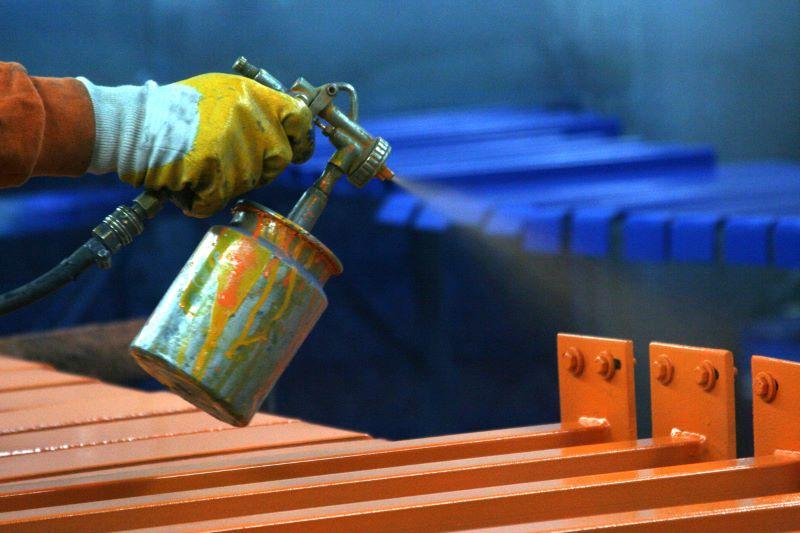The Environmental Protection Authority (EPA) has significantly reduced the levels of lead impurities allowed in paints and tightened rules for art materials, such as chalk, crayons, and felt-tip pens.
The EPA has made the changes to a series of group standards that cover these products to reduce any potential exposure to lead and further protect people’s health and safety.
Group standards are approvals and rules for using a group of hazardous substances of a similar nature, type or use.
At high levels, lead can cause serious health effects, such as permanent damage to the brain and nervous system, anaemia and kidney damage. It is also toxic to plants, animals, and microorganisms.
Although lead is not intentionally added to modern paints, some products can contain trace levels as an impurity.
"We’ve cut the amount of lead impurities allowed in paints to ensure our rules are as robust as possible, and that they align with other international regulators," says Dr Shaun Presow, Hazardous Substances Reassessments Manager.
"Modern paints do not contain lead pigments, but houses with old lead-containing paints are a known risk to people through chipping and flaking. We want to make sure this same issue can’t happen in the future."
The EPA has also strengthened rules for art materials marketed to children by ensuring all such products are covered only by the Graphic Materials Group Standard.
This set of rules doesn't allow art materials to have any potential risks to human health from lead or other hazardous substances.
"Research shows there is very little risk of lead impurities being found in art materials, and our changes to the rules will further minimise any potential for exposure. We also advise people to always buy these items from reputable suppliers," says Dr Presow.
"We’re taking a precautionary approach to how we regulate lead, and all these changes will protect people’s health by reducing the risk of exposure to this substance."
The new rules will take effect from 1 March 2025.
Importers, suppliers, retailers, and consumers must safely dispose of any products or substances that do not meet the requirements of the amended group standards by 1 September 2025.
Find out more about the decision on lead levels in paints and art materials
The key changes the EPA has made are:
• reduce lead impurity levels allowed in paints, including corrosion inhibitors, to 0.009% (90 parts per million / ppm), in line with countries including Australia, Canada, and the United States.
• require test results (or other evidence) showing lead impurity levels in paints
• adjust group standards so all graphic materials marketed to children are covered only by the Graphic Materials Group Standard, which doesn't allow art materials to have any potential human health risks from lead or other hazardous substances.
• remove an inconsistency in requiring importers of art materials to notify the EPA of lead leaching testing results, in line with international regulators.






